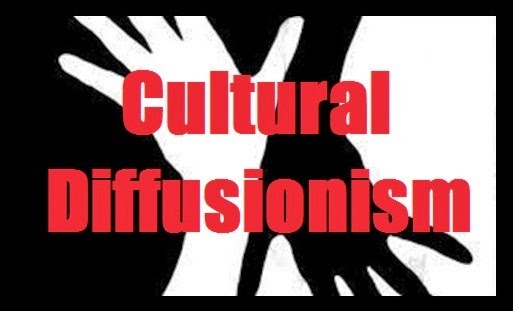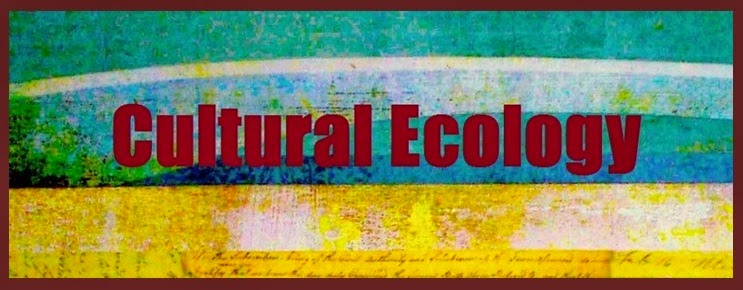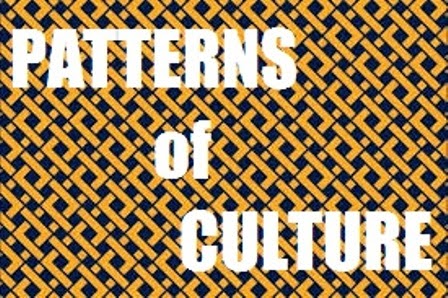RESEARCH METHOD
by Antonio C. Antonio
February 14, 2015
Our thirst for knowledge is
never-ending. Although the fundamentals
of learning are provided by educational institutions, post-graduate life, when
and where other concerns (such as the pursuit of a career) come into play, some
measure could still be done to gather additional knowledge. Research is the answer to our quest for
additional knowledge.
There seems to be several research methods
available to a researcher. To mention the more popular ones: (1) Descriptive
Research which is used to describe characteristics of a population or
phenomenon being studied and it does not answer questions about “how”, “when”
and “why” the characteristics occurred; (2) Normative Research which differs
from descriptive studies because the target is not only to gather facts but
also to point out in which respects the object of study can be improved. Usually, the project even includes planning
an approach for carrying out the necessary improvements; (3) Qualitative Research
(also called a Ethnography) which is primarily an exploratory research. It is used to gain an understanding of
underlying reasons, opinions, and motivations.
It provides insights into the problem or helps to develop ideas or
hypotheses for potential quantitative research; (4) Quantitative Research which
is conducted to explain a phenomena by collecting numerical data that are
analyzed using mathematically based methods; (5) Case Study which is a process
or record of research in which detailed consideration is given to the
development of a particular person, group, or situation over a period of time;
or a particular instance of something used or analyzed in order to illustrate a
thesis or a principle; (6) Correlational Research which is an important form of
educational and psychological research.
Some knowledge of correlational methods is important for both the
consumption and conduct of research; (7) Regressional Analysis which is a
statistical process for estimating the relationships among values. It includes many techniques for modelling and
analyzing several variables, when the focus is on the relationship between a
dependent variable and one or more independent variables; (8) Experimental
Research which is a test under controlled conditions that is made to
demonstrate a known truth, examine the validity of a hypothesis, or determine
the efficacy of something previously untried; and, (9) Meta-Analysis which is a
statistical technique for combining the findings from independent studies. Meta-analysis is done by combining data from
two or more randomized control trials.
From these seemingly intertwined and
confusing research methods, four main research approaches can be identified and
recommended for common application.
These are:
QUANTITATIVE RESEARCH - Quantitative
research is commonly associated with the positivist and post-positivist
paradigm. It usually involves collecting
and converting data into numerical form so that statistical calculations can be
made and conclusions can be drawn.
QUALITATIVE RESEARCH – Qualitative
research is the approach usually associated with the social constructivist
paradigm which emphasizes the socially constructed nature of reality. It is about recording, analyzing and attempting
to uncover the deeper meaning and significance of human behaviour and
experience, including contradictory beliefs, behaviours and emotions. Researchers using this approach are
interested in gaining a rich and and complex understanding of people’s
experience and not in obtaining information which can be generalized to other
larger groups.
PRAGMATIC APPROACH TO RESEARCH – This is
commonly referred to as the “mixed approach”.
The pragmatic approach to science involves using the method which
appears best suited to the research problem and not getting caught up in
philosophical debates about which is the best approach. Pragmatic researches, therefore, grant
themselves the freedom to use any of the methods, techniques and procedure
typically associated with quantitative or qualitative research. They recognize that every method has its
limitations and that the different approaches can be complementary. Their mixed used, therefore, finds meaningful
use if and when one or another approach cannot ideally work in bringing about
an accurate research conclusion.
ADVOCACY/PARTICIPATORY APPROACH TO
RESEARCH – This approach is also known as “emancipatory research”. To some
degree, researchers adopting the advocacy/participatory approach feel that some
of the approaches do not respond to the needs or situation of people from
marginalized or vulnerable groups. As
researchers aim to bring about positive change in the lives of the research
subjects, their approach is sometimes described as emancipator.
With all the different research approaches
available, the researcher will surely be hard-pressed in deciding which method
to use. A clear understanding of the
characteristics of these research approaches is critical in making a choice. Research takes time and time available to an
individual researcher will be the best parameter. All these research methods and approaches are
effective and accurate. So, therefore,
it’s really an individual choice in the adoption of a research method.
Just my little thoughts…
(Please visit, like and share Pro EARTH Crusaders on
Facebook or follow me at http://antonantonio.blogspot.com/)
REFERENCES:
Hamel, J., Dufour, S. and Fortin, D., (1993). Case Study
Methods. Newbury Park, CA: Sage Publications.
Hulley SB, Newman TB, Cummings SR. The anatomy and
physiology of research. In: Hulley SB, Cummings SR (editors). Designing
clinical research. Baltimore: William & Wilkins; 1988:1–11.
Stake, R.E. (1995). The Art of Case Study Research:
Perspective in Practice. London: Sage.
Tellis, Winston, (1997). Introduction to Case Study. The
Qualitative Report, Volume 3, Number 2, July.
(http://www.nova.edu/ssss/QR/QR3-2/tellis1.html).
Wright, D. B. (2003) Making friends with your data:
improving how statistics are conducted and reported. British Journal of
Educational Psychology, 73, 123–36.
Yin, R.K., (1984). Case Study Research: Design and Methods.
Beverly Hills, Calif: Sage Publications.
Youngman, M. B. (1984) Designing questionnaires. In J. Bell,
T. Bush, A. Fox, J. Goodey and S. Goulding (eds) Conducting Small-Scale
Investigations in Educational Management. London: Harper & Row, 156–76.
Zechmeister, E. B. and Shaughnessy, J. J. (1992) A Practical
Introduction to Research Methods in Psychology. New York: McGraw-Hill.
Zuber-Skerritt, O. (1996b) Emancipatory action research for
organisational change and management development. In O. Zuber-Skerritt (ed.)
New Direct-ions in Action Research. London: Falmer, 83–105.




















